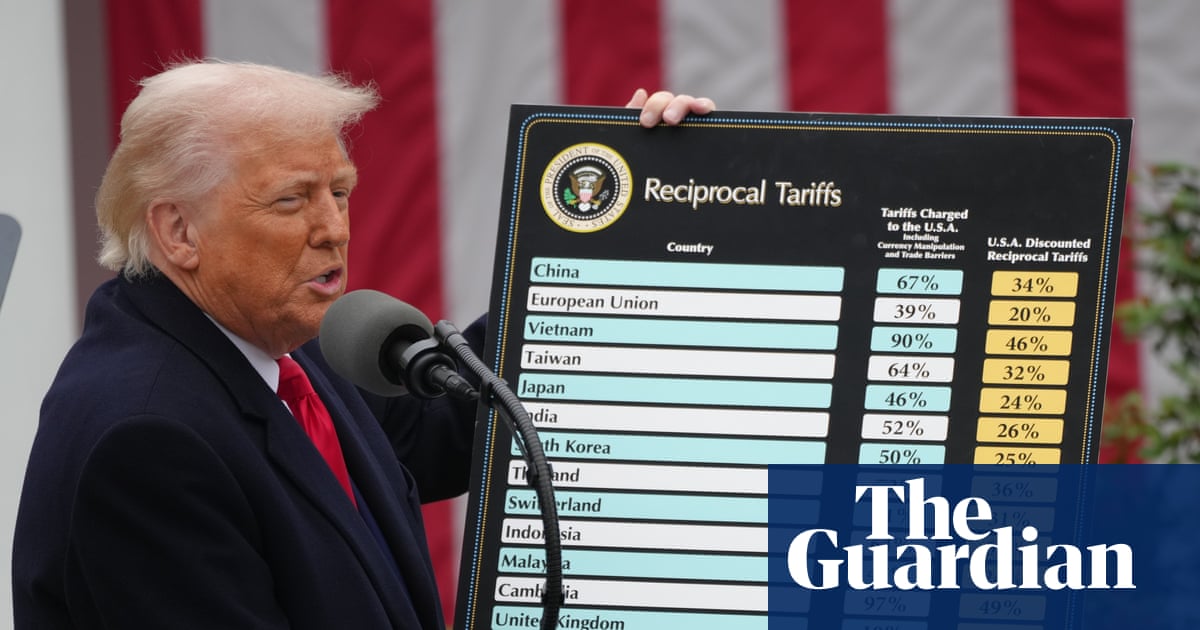
"But more than six months into his administration, experts say the president's trade war is increasingly being wielded as a political cudgel, in lieu of more traditional forms of diplomacy. The president's current target, India, has been unable to reach a trade agreement and Trump appears ready to follow through with his threat to impose a further 25% tariff on Delhi bringing the total to 50% the joint highest levy on any country, along with Brazil."
"Five rounds of trade talks between the two sides have brought India no closer to conceding to US demands that it open up its vast agriculture and dairy sectors. Negotiations planned for early next week have been abruptly called off, as India's prime minister, Narendra Modi, grapples with Trump's demand that India cease to buy oil from Russia; sales that the US says are helping to fuel Vladimir Putin's war against Ukraine."
Trump pledged to use tariffs to revitalize American industry and bring jobs home. More than six months into his administration, tariffs have been repurposed as political tools rather than purely economic protections. The United States is targeting India, threatening to raise tariffs to a combined 50%—a joint highest level alongside Brazil—after failed trade negotiations. Five rounds of talks produced no Indian concessions on agriculture and dairy. Negotiations were halted amid US pressure for India to stop buying Russian oil, which supplies about 35% of India's needs, contrasting with tariffs' original purpose of protecting domestic manufacturing.
Read at www.theguardian.com
Unable to calculate read time
Collection
[
|
...
]